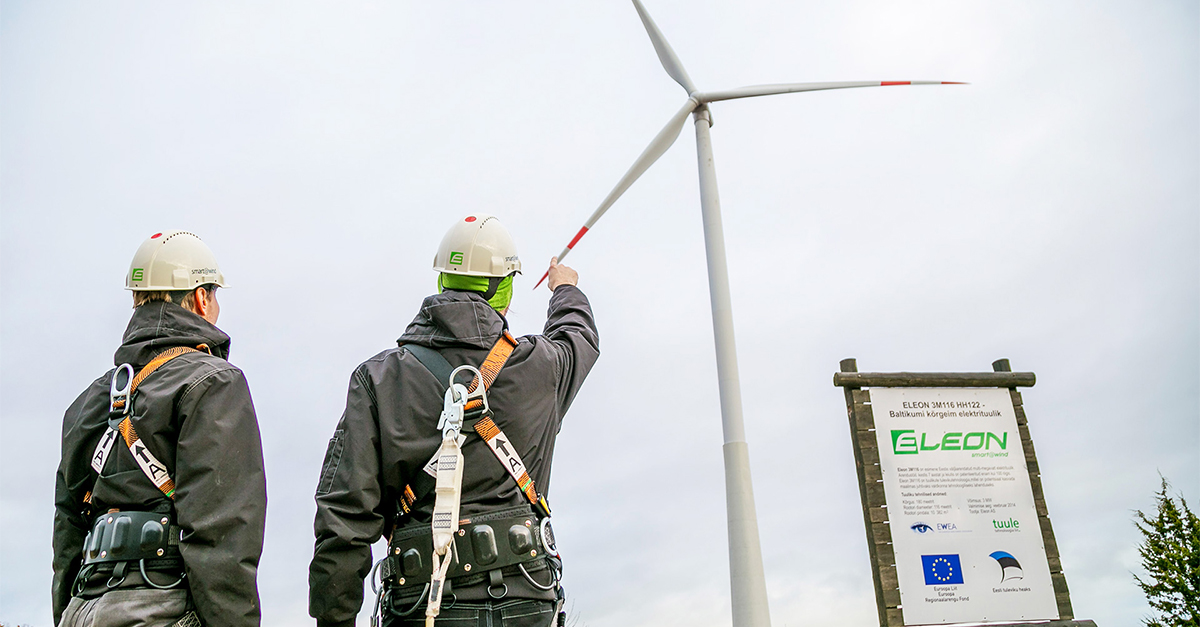Peak prices dampen demand
During 2011, permanent magnet machine manufacturers experienced moments of fear. The prices for rare earth materials, essential for high-power permanent magnets, were spiraling upwards uncontrollably. Wind turbine generators are only one of the main users of these magnets. So, many manufacturers decided to at least consider other options for generators at that time.
Direct-drive wind generators were hit the toughest, as the amount of magnetic material needed in them is the highest. Especially for small turbines, many manufacturers decided to go back to geared high-speed machines, despite their well-known reliability deficiencies and challenges with tightening grid codes.
Since then, the situation has stabilized to a level slightly higher than before the crisis. It seems that the trend is to stay there. Moreover, permanent magnet direct-drive machines have increased their popularity even in high powers above 10 MW.
Evaluating the direct drive
The main advantages with the direct-drive machines are the low speed, improved reliability and no gearbox, eliminating components that can fail. Still, a 10 MW direct-drive wind turbine generator may weight over 200 tons and have a diameter clearly exceeding 10 meters, which causes its own challenges in material costs, manufacturing, transportation and site installation.
Typically, the air gap in the upwind side of the generators is only supported from one end, creating challenges in the mechanical design, especially in handling the air gap. Due to this, the air gap size must be increased, again leading to the requirement for more magnet material.
Also, finding machining and lifting capacity for manufacturing becomes more challenging. Without special arrangements, road transportation limits the component size to below 4.5–5 meters for the largest dimensions. In practice, this means that the generators must be assembled onsite or manufactured close to the sea before being transported to an offshore wind farm.
When large, multimegawatt modern wind turbines are considered, the other main alternative is to use a so-called medium-speed solution in which the generator is connected to the wind rotor through a gearbox with a gear ratio of 1:30 or 1:40. This enables a lighter drive train. For instance, to produce 10 MW, the generator weight is less than 15% of a direct drive that produces the same power.
Naturally, there is the additional gearbox weight. But in the end, this means that individually manufactured, transported and handled components are in a normal scale and do not require any special arrangements. The drive train efficiency is somewhat higher than with the direct drive, giving higher output with the same input torque. Plus, the increased number of components increases the risk of failure.
The question of cooling
Another key issue for an optimal turbine is its cooling. For several years, I’ve already been talking about changing the double heat exchanger (HEX) solution to filtered direct airflow cooling. The double HEX system means that the machine’s internal air circulation (IP-class typically IP54) is cooled with an air-to-liquid HEX. The liquid in the secondary circuit must be cooled again by the air surrounding the turbine using a liquid-to-air HEX.
In practice, this means raising the generator cooling air temperature by a minimum of 15 °C compared to the surrounding air. With hotter air, the generator output is more limited and the efficiency is worse. The double HEX arrangement is also an additional cost and leads to the possible risk of cooling liquid leakages.
An option for cooling is to use well-filtered surrounding air for direct cooling. Modern filtering technology enables extremely efficient salt, humidity and particle removal, reaching levels even above 99%. Seen from the generator point of view, this offers the advantage of not only the cooler coolant, but also easily higher cooling volume. In the case of any particles entering the generator, the cooling air would blow them out. With IP54 machines, they stay in for good.
Case in practice
Even though the wind power industry is not old, in some cases it can be quite conservative. But this is not the case for a small, but bold company from Estonia called Eleon.
Established in 2007, this Estonian wind turbine manufacturer has been a forerunner in multimegawatt direct-drive turbine development. The small company size provides flexibility for innovative and radical solutions. For instance, this company decided to go with the direct-cooling concept presented above.
The first patented Eleon 3 MW direct-drive wind turbine prototype was erected in 2013. Eleon’s 3 MW wind turbine has been producing 12 GWh of electricity per year since 2013, proving that the direct-cooling concept works well. With a double-bearing solution, the air gap radial length can reliably be made smaller, improving the magnetization effect of the permanent magnets and thus improving efficiency.
This, combined with the direct cooling, has led to a lighter weight solution that also enables staying below the critical dimensions for manufacturing and transportation.
Now – I’m eagerly waiting for the results of their next-generation turbines, due to be erected at the 100-MW Aidu Wind Farm in Estonia in 2020.
It’ll be a good case to watch as we continue to move toward more optimal designs.
Panu Kurronen, D.Sc, CTO
The Switch
Image source: © Eleon
